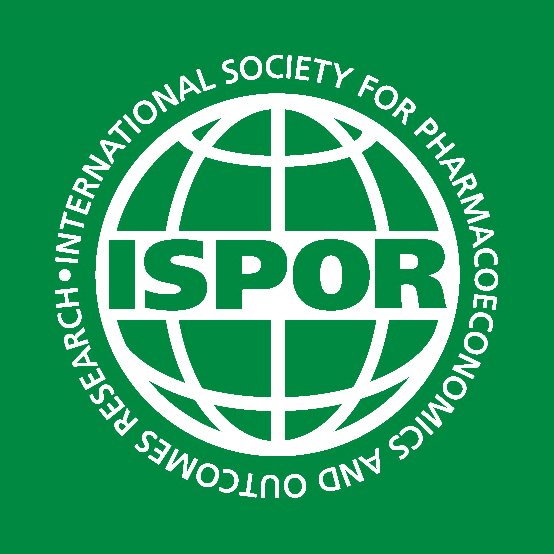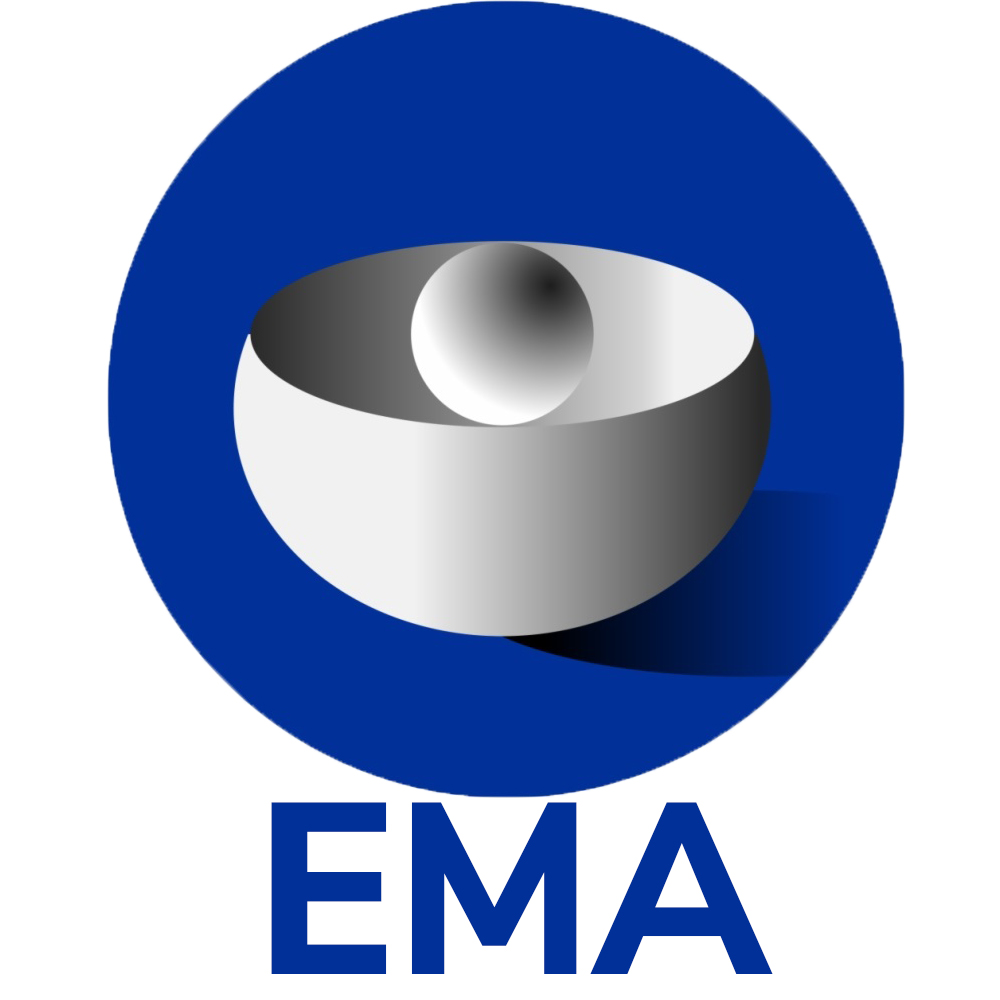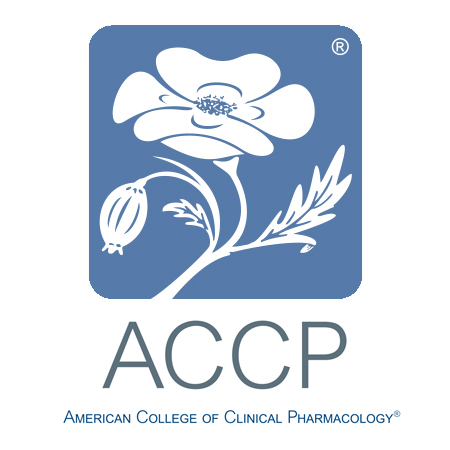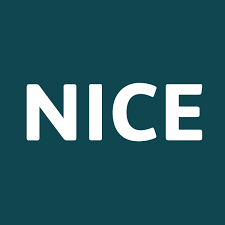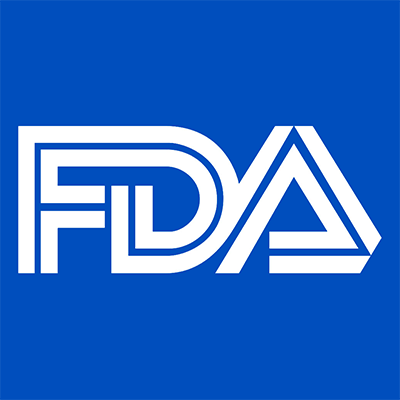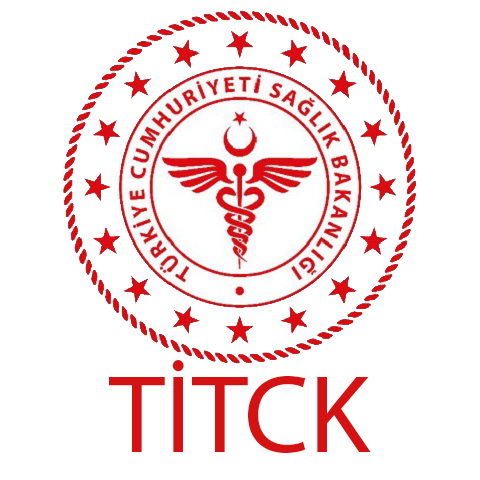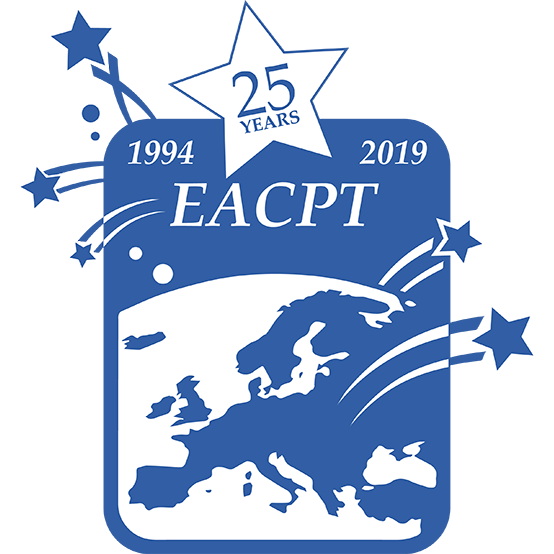
Antineoplastic Drugs: Clinical Efficacy, Safety, and Societal Costs in Turkey and the United States
Prof. Dr. Cankat Tulunay
www.klinikfarmakoloji.com
Abstract
While accelerated approval mechanisms for antineoplastic drugs provide promising options in oncology practice, a proportion of them fail to demonstrate clinical benefit in confirmatory trials. In the Prescrire International 2024–2025 updates, six agents were categorized as 'Not Acceptable': mifamurtide, nintedanib + docetaxel, panobinostat, trabectedin, vandetanib, and vinflunine. This article examines their efficacy, toxicity, and regulatory assessments, while also estimating their societal costs in Turkey and the United States. Findings indicate that these drugs do not represent therapeutic advances, but create a very high economic burden.
Introduction
Accelerated approval mechanisms in cancer treatment provide early access to new drugs, especially in high-mortality tumors. However, some of these agents fail to demonstrate advantages in overall survival (OS) or quality of life (QoL) in confirmatory phase III trials. Prescrire, in its annual 'Drugs to Avoid' reports, classifies drugs with an unfavorable risk-benefit balance as 'Not Acceptable.' In the 2024–2025 reports, six antineoplastic drugs were included in this category. In addition to their lack of clinical benefit, their high costs pose a burden to healthcare systems.
According to research by Prescrire, among 984 drugs developed between 2001 and 2011, only 17 represented genuine progress. Similarly, among 97 drugs evaluated in 2010, only four offered therapeutic advantage, while 19 were judged as doing more harm than good. Companies unable to discover new effective drugs have resorted to creating fixed-dose combinations from older agents and inflating prices astronomically, finding new ways to generate profit and perpetuate exploitation (https://www.klinikfarmakoloji.com/index.php/aci-ilac/buyuk-ilac-firmalari-big-pharma-ilac-firmalarinin-klinik-arastirmalarina-guvenilir-minasil).
Are all newly discovered cancer drugs truly effective? Observations over the past 10–20 years show that the likelihood of newly approved cancer drugs being clinically meaningful is quite low. For example, of the 54 cancer drugs approved by the FDA between 2008 and 2012, only one-third were shown to prolong survival in phase III trials, and after marketing, only 5 were proven to significantly extend survival. Cancer drugs approved by the FDA between 2002 and 2014 for solid tumors extended survival by an average of only 2.1 months. Moreover, the safety and toxicity profiles of these new agents must be carefully addressed. In a meta-analysis, Niraula and colleagues evaluated randomized clinical trials of 38 solid tumor drugs approved between 2000 and 2010, assessing harms and survival outcomes. Compared with placebo, new drugs were associated with a significant increase in toxic deaths and treatment discontinuations. In Austria, of 53 cancer drugs licensed between 2013 and 2015, only 32% extended survival by more than 3 months, 30% showed no change, and the rest improved survival by less than 3 months. C. Davis and colleagues examined 48 cancer drugs approved by the European Medicines Agency (EMA) between 2009 and 2013, covering 68 indications, with follow-up of 5.4–8.1 years, to assess OS and QoL outcomes. Of these, 12% of trials were uncontrolled, OS improvement was demonstrated in only 24 indications (35%), with a range of 1.0–5.8 months, and QoL improvement was reported in just 10% of indications. These findings indicate that many cancer drugs lack robust evidence for survival and QoL benefits, and their reported survival effects were not substantially different from existing therapies or placebo (https://www.klinikfarmakoloji.com/index.php/aci-ilac/kanser-ilaclari-hastalarin-omrunu-hakikaten-uzatiyor-mu).
Methods
This review is based on Prescrire International 2024 and 2025 reports, EMA and FDA EPAR documents, and phase III randomized controlled trials.
Criteria for defining lack of therapeutic advance:
• Lack of clinical benefit: No meaningful OS or QoL improvement compared with standard treatments.
• Surrogate-only benefit: Limited improvements in tumor response or PFS, without OS advantage.
• Severe toxicity profile: Serious adverse effects compromising patients’ quality of life.
• Weak cost-benefit balance: Extremely high prices with marginal or questionable benefits.
• Post-approval failure: Accelerated approval followed by failure in confirmatory phase III trials.
Societal Cost Analysis (Turkey and US)
Perspective: Public payer (SGK/TR) and gross drug spending in the US.
Time horizon: 1 year.
Measure: Direct drug cost ± supportive medications required by the regimen; side-effect management and indirect costs were discussed but not itemized in the base calculation.
Dose assumptions (consistent with EORTC/product labeling typical use):
- Vandetanib: 300 mg/day, 365 days.
- Panobinostat: 20 mg, 3-week cycles.
- Trabectedin: 1.5 mg/m² q3w; BSA 1.8 m² → 2.7 mg/cycle (~3 vials/cycle, 1 mg/vial).
- Nintedanib (Ofev®): 150 mg BID (60 capsules/month).
- Docetaxel: 75 mg/m² q3w → ~135 mg/cycle (BSA 1.8).
- Mifamurtide (Mepact®): 48 infusions over 36 weeks.
- Vinflunine: Limited access in TR/US.
Results
1. Clinical efficacy and safety:
Mifamurtide: No OS benefit, risk of severe hypersensitivity and neurologic toxicity.
Nintedanib + Docetaxel: No OS difference in general population; risks include thrombosis, bleeding, hypertension.
Panobinostat: No OS benefit, high hematologic and GI toxicity.
Trabectedin: No OS advantage, widespread toxicity.
Vandetanib: No OS benefit; QTc prolongation, torsades de pointes risk.
Vinflunine: At best, ~2.4 months OS extension; significant toxicities.
2. Pricing and accessibility: US – Trabectedin ~$3,536/vial; Nintedanib ~$13,210/month; Docetaxel ~$215/vial; Panobinostat withdrawn. Turkey – Trabectedin ~61,526.89 TL/vial; Nintedanib ~22,672.65 TL/month (public); Mifamurtide ~4.72 million TL/course.
3. Annual per-patient cost: US – Trabectedin 6 cycles ~$63,648; Nintedanib ~$158,529; Vandetanib ~$90–140k. Turkey – Trabectedin 6 cycles ~1,107,486 TL; Nintedanib ~272,072 TL; Mifamurtide ~4.72 million TL.
4. Societal burden: Turkey – ~420 million TL/year; US – ~$380 million/year.
Discussion
Despite lacking OS benefits, these drugs impose very high costs. In Turkey, treatment of a few hundred patients generates hundreds of millions of lira annually; in the US, hundreds of millions of dollars. The opportunity cost is considerable: funds that could support proven interventions are wasted.
Clinical and policy implications of ineffective or marginally effective drugs:
• Patient risk: Unnecessary toxicity and false hope.
• Health system burden: Annual drug costs in the hundreds of thousands per patient with minimal benefit.
• Regulatory role: FDA accelerated approval provides flexibility, but confirmatory trial failures are frequent. EMA and Prescrire emphasize negative assessments when no therapeutic progress is evident.
• Ethical concerns: Marketing of ineffective/expensive drugs under the guise of 'innovation.'
Conclusion
Mifamurtide, nintedanib + docetaxel, panobinostat, trabectedin, vandetanib, and vinflunine do not represent meaningful therapeutic advances. Nevertheless, they impose annual costs of hundreds of millions of lira/dollars in Turkey and the US. Their use and reimbursement must be reevaluated; payers should adopt value-based pricing and enforce stricter pharmacoeconomic policies.
References
1. Prescrire International. Drugs to avoid in 2024. Prescrire Int. 2024;33(247):51-62.
2. Prescrire International. Drugs to avoid in 2025 update. Prescrire Int. 2025;34(253):49-59.
3. EMA. Mifamurtide (Mepact) EPAR. 2009.
4. NICE. Mifamurtide for osteosarcoma (TA235). 2011.
5. Reck M, et al. Nintedanib plus docetaxel in NSCLC. Lancet Oncol. 2014;15(2):143-155.
6. San-Miguel JF, et al. Panobinostat with bortezomib and dexamethasone. Lancet Oncol. 2014;15(11):1195-1206.
7. Demetri GD, et al. Trabectedin vs dacarbazine. J Clin Oncol. 2016;34(8):786-793.
8. Pautier P, et al. Doxorubicin + trabectedin in sarcomas. Lancet Oncol. 2024;25(4):456-468.
9. Wells SA, et al. Vandetanib in medullary thyroid cancer. J Clin Oncol. 2012;30(2):134-141.
10. Bellmunt J, et al. Vinflunine vs best supportive care in urothelial carcinoma. J Clin Oncol. 2009;27(27):4454-4461.
11. F. Cankat Tulunay, https://www.klinikfarmakoloji.com/index.php/aci-ilac/kanser-ilaclari-hastalarin-omrunu-hakikaten-uzatiyor-mu
12. F. Cankat Tulunay, https://www.klinikfarmakoloji.com/index.php/aci-ilac/buyuk-ilac-firmalari-big-pharma-ilac-firmalarinin-klinik-arastirmalarina-guvenilir-minasil

